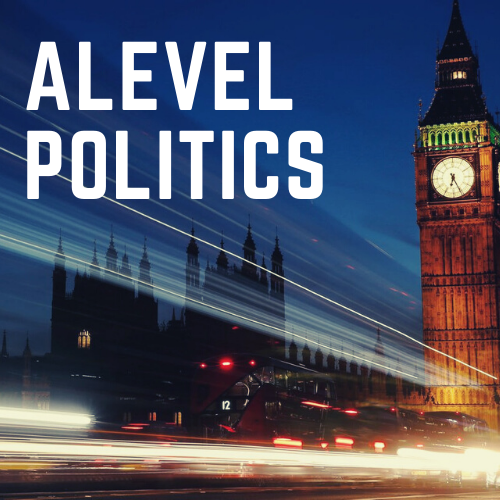How the Coalition has altered Parliament and the Executive
The Coalition came about in May 2010 between the Conservatives and Liberal Democrats. The Tories had won 307 seats, short of a majority and the Lib Dems 57 seats. It left many questions about how long the coalition would last, predictions of another election being held by the end of the year soon were proved wrong and the coalition at least on face value seems to have had a pretty good ride so far. However, the rarity of coalitions (there have only been 4 in the past 100 years including the 2010 coalition) has left discrepancies and outcomes that tell us a lot about the executives approach to parliament and parliaments approach to the executive.Backbench challengesThere have been over 150 backbench rebellions on separate bills/amendments by the end of 2011, the highest number since ww2. This research suggests that rebellions have become the norm and cohesion the exception, and claims the coalition is ‘saddled with two wobbly wings’ seem to be true. The figures are even more striking since the first session of a parliament tends to be the most loyal (for example see Blair and Labour in 1997).Parliament has tried to address this problem by introducing the Backbench Business Committee which meets weekly and is chaired by Natascha Engel and supposedly gives backbench MPs the idea they have some sort of power and role within Parliament. The Backbench Business Committee came out of the work of the Wright Committee which gave recommendations on addressing the tensions between Parliament and the Executive. On arriving in office, Cameron and Clegg agreed to adopt all of the recommendations. However as of March it was decided the members of the committee would be elected by their parties rather than the whole House which was a move disliked my many MPs including the chair of the committee.Challenges to Collective Cabinet ResponsibilityCollective Cabinet Responsibility has arguably been another casualty of the coalition government. Collective Cabinet Responsibility (CCR) is a constitutional convention that members of the Cabinet must publicly support all governmental decisions made in Cabinet, even if they do not privately agree with them. It seems that the Liberal Democrats learnt from the failings of following CCR as part of a Coalition following the Tutition Fees vote and the damage that did to public support and confidence in the Liberal Democrats. Here's Simon Hughes talking about this conflict of interest for the Liberal Democrats before the vote:More and more frequently we are seeing cabinet ministers 'breaking rank' with the Coaltion government. The most recent example of this can be seen with Vince Cable joining the outcry over the charity tax cap. This shows how having a coalition government has altered the way in which simple conventions such as the CCR is applied in practice. Although we are still some way off from a complete breakdown of CCR, some argue that the Lib Dems determination to erode CCR will end in chaos.Challenges to Party ControlParty control is also growing increasingly hard, especially for Cameron who faces dissent from MPs feeling marginalised by the Coalition and that they're not hearing enough about traditional conservative values. Current examples of this are the constitutional reforms that Clegg is trying to push through regarding the House of Lords. Lords reform is worrying many MPs and making it harder for Cameron to keep all members of his party happy. Clegg has his fair share of difficulties too with 23 abstentions over the second reading of the Health Bill and memorably Sarah Teathers the Children's Minister not attending the Welfare Reform Act votes even though there was a three line whip on the bill.The QuadThe Coalition came to power promising to reverse Blair's sofa style of government. In the first few months there were promising signs of lengthy and fruitful cabinet meeting. However has the sofa style of government been replaced by a small clique of decision makers known as the 'Quad'? It comprises of David Cameron, Nick Clegg, Danny Alexander and George Osborne and is there to iron out and discuss the conflicts or possible conflicts between the two parties prior to cabinet meetings.
